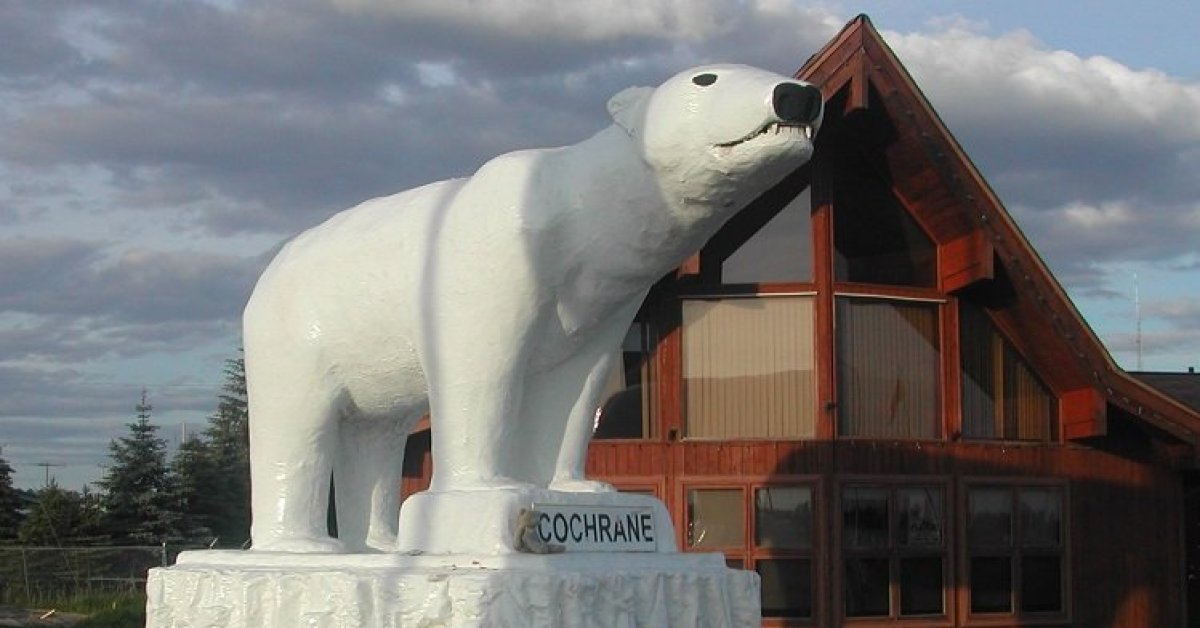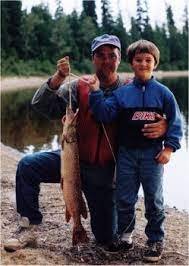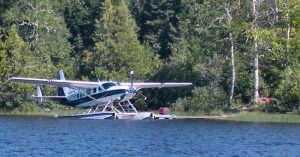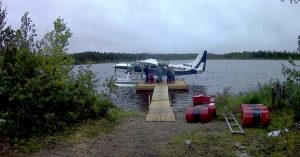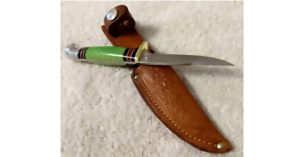Onward to Ontario
As we entered the 1970’s our welcome at Roger lake became less ‘warm’ and the experience began to feel less and less isolated, which was one of the big highlights for these trips. We wanted someplace where there was a minimal chance of meeting up with civilization. I’m not sure of the history behind how and when our next destination was found by my family but the next trip was to Pierre lake in Ontario.
Pierre is north-northeast of Cochrane Ont. and is part of the Little Abitibi Provincial Park and the Little Abitibi river system.
Much of the drive in consists of logging roads which at that time were not much more than a couple of muddy ruts through the bush. It was not a given that once in you would be able to get out so the weather was always a concern because more than just a little rain could make the road impassable in all but a log skidder. In additon, the logging road crossed multiple streams and creeks, some of which had rudimentary bridges and some that did not. Crossing these was always a challenge and in one or two cases it was a bit unnerving, although we never had a bridge collapse under us.
At the end of the road was the Little Abitibi river. This was where we would put in. In later years there would be a bridge built across the river to allow the gold prospectors to venture further north but in those first few years this was the middle of the bush and only very hearty (and possibly deranged souls) would have attempted to bring a truck this far. Once on the river, heading downstream (north) for a mile or two would bring you into Pierre lake. We would always stop at the entrance to the lake and based on the time of day we would have lunch, dinner, breakfast or maybe just a snack before venturing across the lake. I remember a couple of times the lake was just too rough to attempt a crossing so we would wait it out, sometimes for many hours.

Pierre lake connects to a couple of other lakes – Harris and Montreuil so there was a lot of area to camp, fish and explore. On Pierre, the best camping was found at the northern end of the lake on a point that had a small sandy beach. This is a fairly big lake – around 6.5 miles long so the trip across in a canoe with a small outboard would take somewhere between 1 and 2 hours. We would all be itching to get camp set up and try our luck at catching fish.

There was a spring about 15 minutes by canoe that flowed into the lake and this was where we would get our fresh water. “Fresh” is a relative term. It beat drinking directly out of the lake but after a couple of days of sitting in the water cooler you could see the mosquito larvae swimming around. Although I’m guilty of drinking this stuff straight, it was best to boil it first. Lots of kool-aid mix or some cocoa can mask a lot of nasty things. Either way, as kids we didn’t care a lot about drinking and eating anyway, we wanted to explore and have fun – and we did end up living through it all.
 Speaking of mosquitoes, unless you have actually been to some of these out of the way places you just have no idea what they are like. There a 4 things that I have encountered during my years that couldn’t be expressed properly with words or pictures – you had to actually put your own eyeballs on them to appreciate them.
Speaking of mosquitoes, unless you have actually been to some of these out of the way places you just have no idea what they are like. There a 4 things that I have encountered during my years that couldn’t be expressed properly with words or pictures – you had to actually put your own eyeballs on them to appreciate them.  Head nets, gloves and long sleeves were a necessity. Of course the magnitude of the bug hoards depends a lot on the time of year, at its worst the only escape is to maneuver to the middle of the lake. This way, only a few of the buggers would make the trip with you, and who knows, there might actually be a fish or two out there to catch.
Head nets, gloves and long sleeves were a necessity. Of course the magnitude of the bug hoards depends a lot on the time of year, at its worst the only escape is to maneuver to the middle of the lake. This way, only a few of the buggers would make the trip with you, and who knows, there might actually be a fish or two out there to catch. It’s also the place where I first brought my 2 children into the Canadian wilderness. When my son was 7 years old we made the trip here. Just the two of us. It may have been a little foolish to not bring another adult or 2 – for the whole trip in the back of mind I was concerned that if something were to happen to me how would my boy survive? Luckily, he was the most mature 7 year old I have ever known and I felt confident that he could handle a canoe and even drive the truck out if he needed to.
It’s also the place where I first brought my 2 children into the Canadian wilderness. When my son was 7 years old we made the trip here. Just the two of us. It may have been a little foolish to not bring another adult or 2 – for the whole trip in the back of mind I was concerned that if something were to happen to me how would my boy survive? Luckily, he was the most mature 7 year old I have ever known and I felt confident that he could handle a canoe and even drive the truck out if he needed to.When my daughter was roughly the same age, we brought her along as well. She was incredible and I think she enjoyed it nearly as much as I did. We tried to make it a bit more comfortable for her with an actual porta-potty type thing and a small shower tent to add a little privacy to the experience. Heck, I even used it since it was there.
Anyway, there were a ton of memories made here and I probably made this trip somewhere around 10 different times, although one year we set out but didn’t quite make it… Details on that disaster in another post.
Rod
